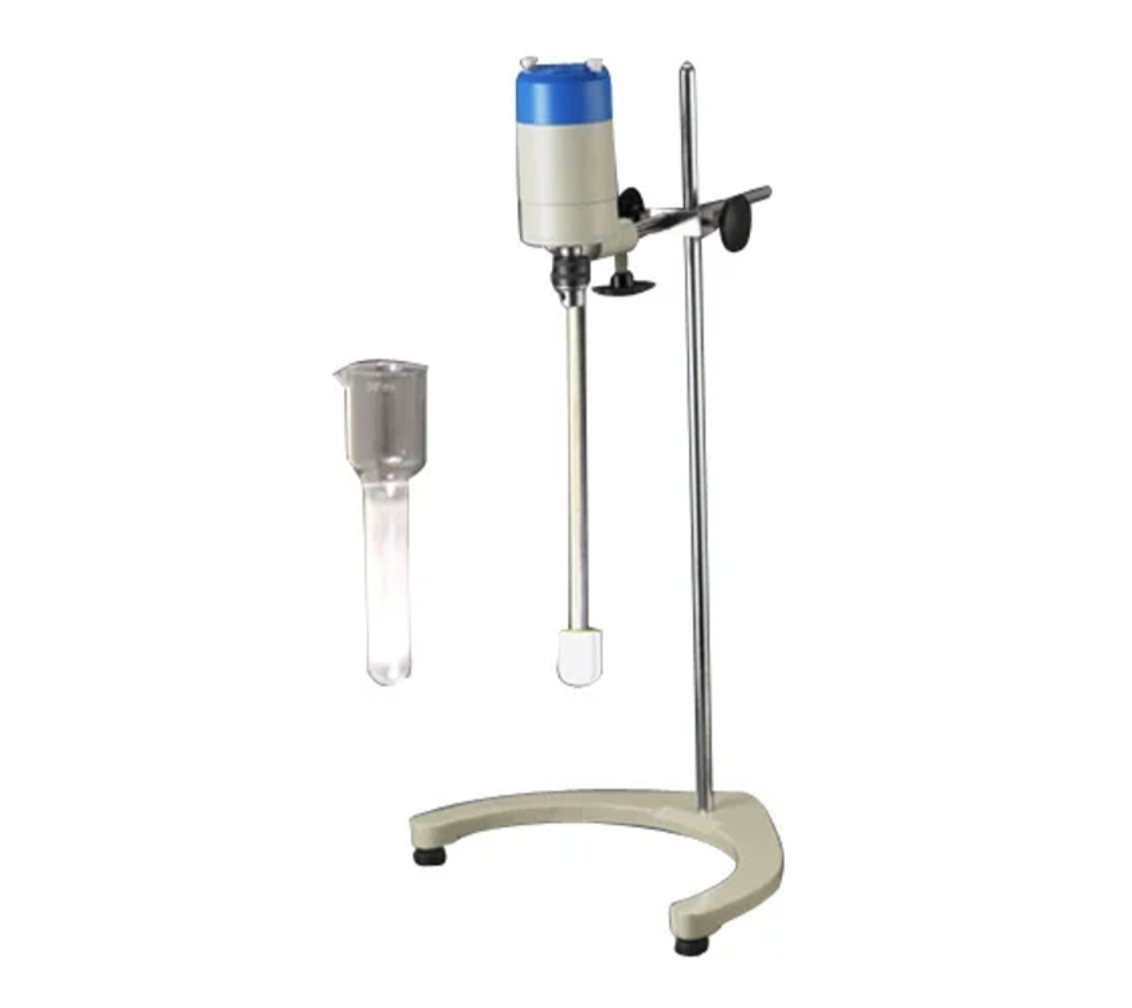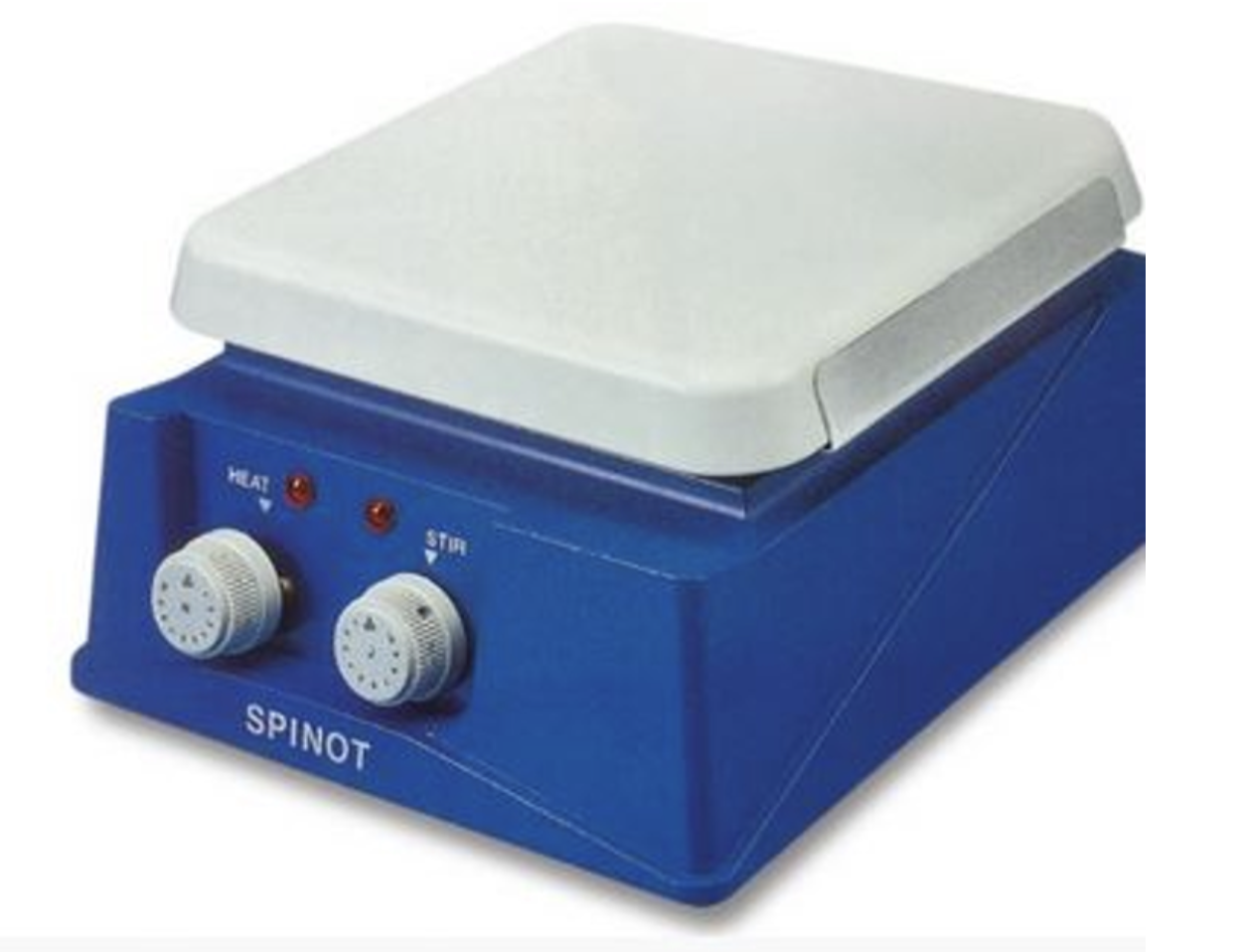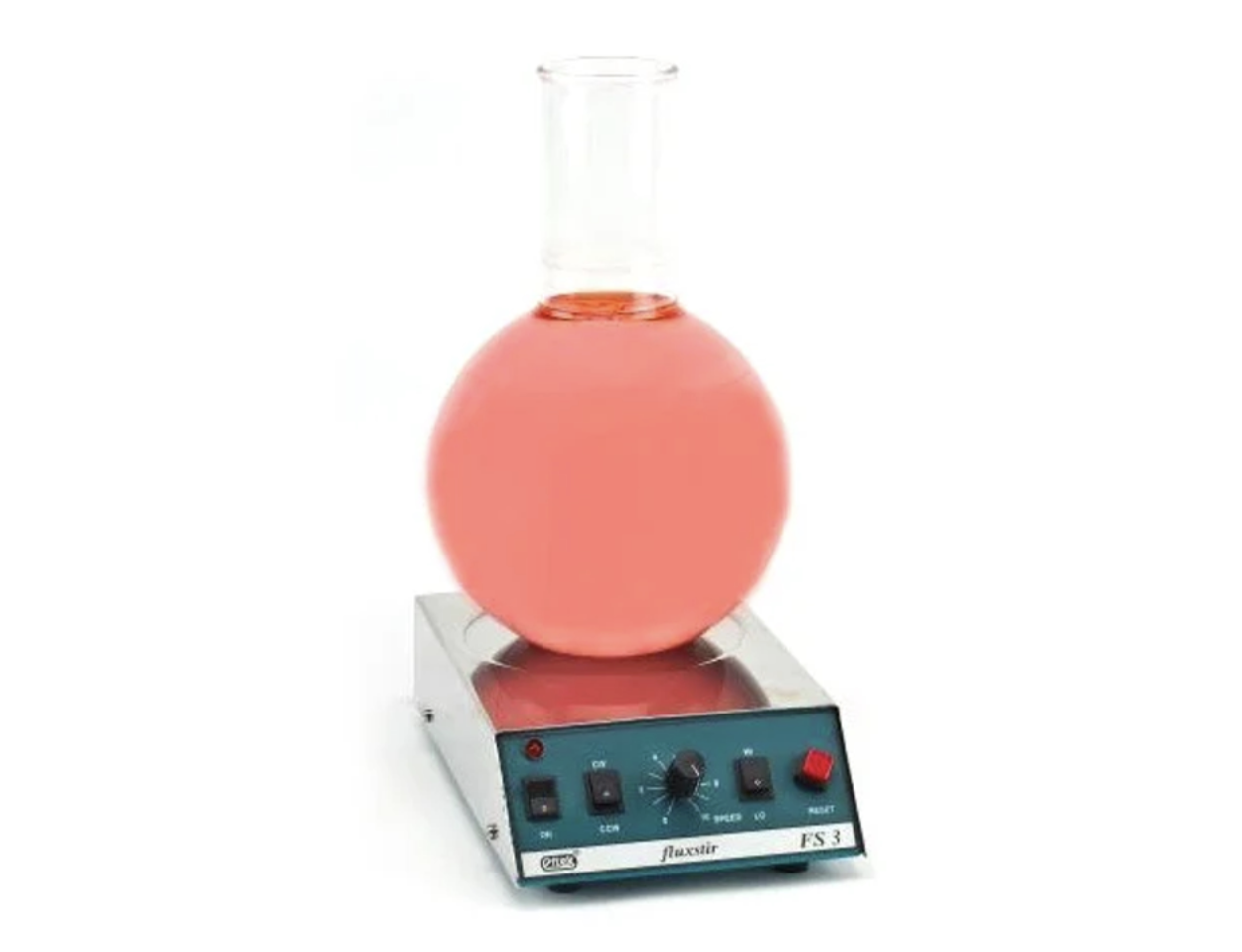Magnetic Stirrers: Uses, Types & B2B Buying Guide for Labs


What is a Magnetic Stirrer?
A magnetic stirrer is a lab tool used to mix liquids using a magnetic field. Instead of stirring by hand with a glass rod, a small coated magnetic bar (called a stir bar) is placed in the liquid. The device has a rotating magnetic field generator that makes the stir bar spin, mixing the liquid smoothly and evenly.
Uses of Magnetic Stirrers in Laboratories and Industrial Applications
- They provide even mixing of reactants, which helps improve reaction efficiency. Their consistent stirring and heating are essential for precise compound preparation.
- In microbiology and cell culture labs, magnetic stirrers mix media and solutions without contamination. Their quiet operation ensures minimal disruption in sensitive settings.
- Whether it’s sample preparation or titrations, magnetic stirrers help maintain uniformity in solutions, improving the accuracy of tests.
- They assist in blending and homogenising samples, supporting consistent quality control across products.
Types of Stirrers: Magnetic, Mechanical, and More
Magnetic Mini Stirrer
Compact and space-saving, with electronic speed control and resistance to corrosive substances.
Magnetic Stirrer with Timer
Features a built-in timer that automatically slows and stops stirring, ideal for timed experiments.
Heavy-Duty Magnetic Stirrer
Robust, chemically resistant, and suitable for large or heated mixing tasks requiring precision.
Battery-Powered Magnetic Stirrer
Portable and stable, perfect for fieldwork or areas without electricity.
Air-Operated Turbine Magnetic Stirrer
Uses low-pressure air for safe mixing up to 1 liter, eliminating the risk of electrical sparks.
How Does a Magnetic Stirrer Work?
The way a magnetic stirrer principle is based on the interaction between magnetic fields. Inside the device, there’s either a rotating magnet or an electromagnet. When switched on, the magnet beneath the platform starts spinning, creating a rotating magnetic field. A small stir bar, usually coated with an inert material like PTFE and containing a tiny magnet, is placed in the liquid and aligns itself with the magnetic field.
As the magnetic field spins, it makes the stir bar rotate at a set speed, creating a vortex in the liquid. This helps mix the solution thoroughly, ensuring that all parts, from dissolved substances to particles, are evenly blended. Since there are no moving parts in direct contact with the liquid, there’s less risk of contamination and the device requires minimal maintenance.
Advanced models offer extra features like programmable controls, adjustable speeds, and reversible motion to enhance mixing accuracy.
Choosing the Right Stirrer Machine for Your Lab Needs
- Select a stirrer stick that can handle the amount of liquid you regularly work with.
- Ensure the materials used in the stirrer are resistant to corrosive or reactive substances.
- Look for adjustable speed settings to match different types of mixing requirements.
- Some experiments require heating; choose a stirrer with a built-in hot plate if needed.
- Consider models with overload protection, non-slip feet, or spark-free operation.
- Choose a stirrer with simple controls and easy maintenance.
- For fieldwork or setups with limited space, lightweight and battery-operated stirrers are ideal.
- Advanced models with programmable settings or reversible motion can enhance the accuracy of your work.
Different Types of Stirrers in Reactors and Their Applications
Reactors use different types of stirrers depending on the nature of the process and the materials being mixed. Some common types of stirrers include:
Anchor Stirrer – This type is used in highly viscous fluids. It scrapes the sides of the vessel to ensure proper mixing and prevent material buildup, making it ideal for processes like polymerisation or resin preparation.
Paddle Stirrer – Paddle stirrers are simple yet effective for blending liquids with moderate viscosity. They are commonly used in food processing, chemical manufacturing, and wastewater treatment.
Turbine Stirrer – With blades that create high shear forces, turbine stirrers are perfect for mixing immiscible liquids, dispersing gases, or suspending solids. They are widely used in pharmaceutical and biochemical applications.
Propeller Stirrer – This stirrer works best for low-viscosity liquids. It’s often used in cooling, heating, and fermentation processes where gentle but thorough mixing is needed.
Helical Ribbon Stirrer – Designed for thick pastes and gels, this stirrer ensures uniform mixing and heat transfer. It’s frequently used in industries like adhesives, cosmetics, and food products.
Maintenance and Safety Tips for Laboratory Stirrers
Taking good care of your magnetic stirrer helps it perform better and last longer. Here are some simple maintenance tips to keep it running smoothly:
- After every use, wipe the stirrer plate and body with a damp cloth. Steer clear of harsh or abrasive cleaners to protect the surface.
- Regularly inspect the stir bar for signs of wear and replace it when needed. Also, listen for any unusual sounds from the motor to ensure it’s working properly.
- If your stirrer has a heating feature, make sure to calibrate the temperature sensors from time to time for accurate readings.
- Keep the stirrer in a clean, dry, and dust-free place when it’s not being used to avoid unnecessary damage.
Related Products

Fastest by 8th Nov
Eltek Laboratory Heavy Duty AC Variable Speed Drive Stirrer for Continuous Duty Application Stirrer
₹37,950
₹36,950 with MBFIRST

Fastest by 8th Nov
Eltek Laboratory Heavy Duty AC Variable Speed Stirrer
₹50,050
₹49,050 with MBFIRST

Fastest by 8th Nov
Eltek Laboratory Emulsifier Heavy Duty AC Variable Stirrer
₹64,350
₹63,350 with MBFIRST

Fastest by 13th Nov
Tarsons Spinit Ceramic Plate for Magnetic Stirrer
₹22,260
₹21,260 with MBFIRST

Fastest by 13th Nov
Tarsons Spinot Hot Plate for Magnetic Stirrer
₹25,908
₹24,908 with MBFIRST

FAQs










